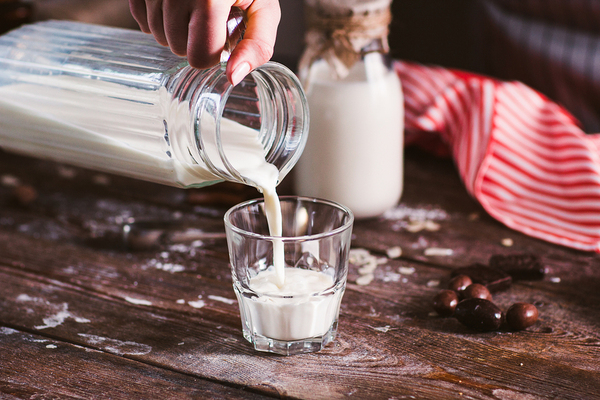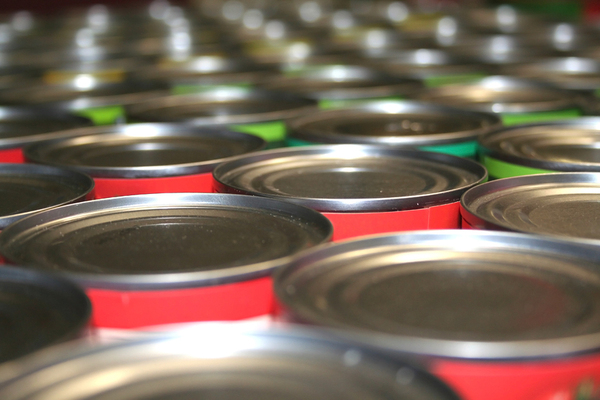Manufactured glass has been around seemingly forever. While alternatives to glass jars and bottles did not exist until more recently, glass is still considered an excellent container material that does not have many of the detrimental environmental effects that other consumer packaging design types may have.

Glass is a food and beverage packaging material of choice for Europeans.
The European Container Glass Federation, an association of glass packaging manufacturers in Europe, worked with InSites Consulting to learn more about consumer perception and use of glass packaging in 2016. They conducted an online survey of over 17,000 people in France, Italy, Germany, Spain, UK, Austria, Croatia, Czech Republic, Poland, Slovakia, and Switzerland, with the sample divided into adults ages 25 to 65 and youth ages 16 to 24. In both samples, approximately three-quarters of the respondents were female, and one-quarter male.
Overall, the researchers found that glass is positively regarded, even more so than it was five or eight years ago. Italy and Germany in particular increased usage of glass packaging.
An Everlasting, 100% Recycling Rate Is Possible with Glass
One of the most appealing properties of glass is that it can be recycled indefinitely, remaining as strong after recycling as before. What this means is that it is possible for a product or even a community to have an infinite closed-loop recycling system for a container material that does not harm the environment should it enter the waste stream. Partly as a result of this, 85 percent of consumers in the survey said they would recommend glass as a “better” consumer packaging design material to others, a higher percentage than in years past. Educating consumers about the benefits of glass is an ongoing goal of the European Container Glass Federation.
Excellent Barrier Surrounding Foods and Beverages
The reputation of glass for protecting contents as well as the contents’ properties like aroma and taste has led half of survey respondents to report that they used glass more than they did three years ago. Only much smaller percentages of respondents claimed to use beverage cartons, plastics, bag-in-box packaging, metal beverage cans, and metal tins more than they did three years ago.

Europeans prefer glass packaging to metal cans.
Reasons consumers use glass packaging more include the following:
- It is friendlier to the environment.
- It protects and preserves food better than other consumer packaging design types.
- It is more recyclable than other packaging types.
- It connotes an image of excellent health safety.
- It indicates quality of product.
- More products are available in glass packaging.
- Preferred brands started using more glass consumer packaging designs.
Younger Consumers Consider Glass to Be Trendy
Although the survey found that younger consumers use fewer products with glass packaging than their older counterparts, there is a perception among younger consumers that glass is considered a “trendier” packaging material than other types. While younger consumers appreciate the environmental and food safety properties of glass packaging, their affinity for glass comes more from the impression of higher quality glass packaging confers.
However, younger consumers were also more likely to consider price to be a barrier to buying products with glass consumer packaging design, with one-third stating that it’s “more expensive” to buy products in glass packaging.
In summary, among European consumers, glass is the top material for consumer food packaging design. It earns this distinction due to its infinite recyclability, its lack of harmful effects on the environment, and its excellent ability to protect food quality, flavor, and safety.
The Takeaway for American Manufacturers
American manufacturers, who are more used to using non-glass consumer packaging designs, should thoroughly educate themselves on the preferences of Europeans if they expand their markets to include European countries, because Europeans are likelier to prefer glass packaging than Americans are.
 |
 |







